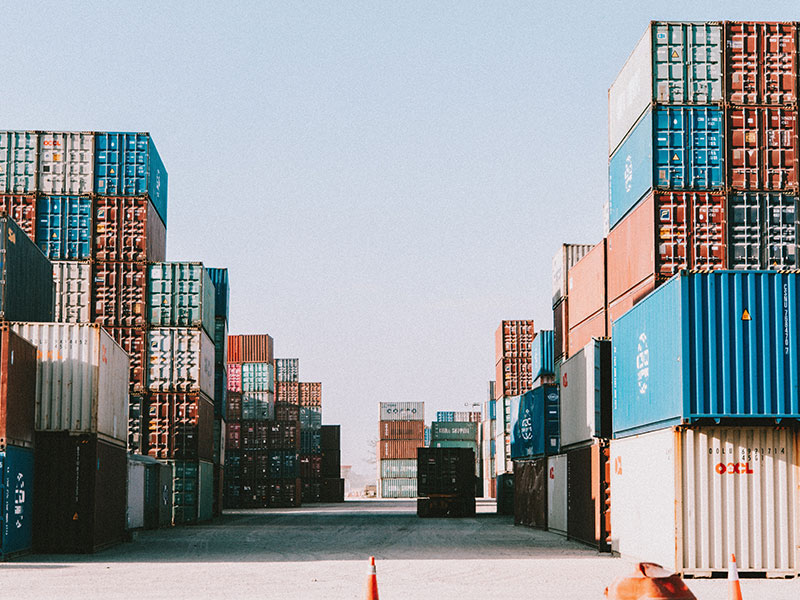Header Photo Credit: Mufid Manjun_Unsplash
Key Points:
- Remediation of labor exploitation in global supply chains intends to restore workers that have been harmed by a business's activities to the situation they would have been in had the impact not occurred. Access to Remedy is a critical pillar of the UN Guiding Principles on Business and Human Rights (UNGPs), and is highlighted throughout.
- In particular, Guiding Principle 22, in Pillar II, provides that where "business enterprises identify that they have caused or contributed to adverse impacts, they should provide for or cooperate in their remediation through legitimate processes". Note that it is also the obligation of States and governments to support access to remedy efforts.
- Businesses have the responsibility to ensure their direct business partners and all actors along their supply chains are held accountable for remediating child and forced labor violations as they arise.
- Supplier or facility management should be committed to correcting violations and preventing them from recurring.
- Corrective actions taken by management should focus on what is best for the victims. Stakeholders, including workers, have a role in shaping remediation. Corrective actions should focus on what is best for the affected workers.
- Businesses should have the necessary mechanisms to ensure the technical assistance and support needed to correct violations. See ILAB’s Forced Labor Remediation Guide for examples of specific remediation actions that could be taken when indicators of forced labor are found. In all cases, issues should be documented and tracked, and management systems should be updated to prevent recurrence.
- Workers, unions, or workers’ organizations should be partners in identifying which remediation actions will work best.
- For one example, see ILAB’s Information and Resources on Withhold Release Orders (WROs).
- Companies should encourage suppliers to be honest if they cannot complete an order without violating the terms of the company’s code of conduct, and companies should consider working with and assisting suppliers to remediate labor rights violations identified in their supply chains, rather than simply moving their business to another supplier.
- Corrective Action Plans (CAPs) are plans of action for remediation of all violations found in a particular audit.
- It is good practice to provide opportunities for worker and community input into a CAP.
Key Topics
Examples in Action

This example details general events and is informed by public information relative to this case and should not be considered an indication of likely outcomes in other cases. CBP is responsible for issuing, modifying, and revoking WROs. For more information, see https://www.cbp.gov/trade/forced-labor/withhold-release-orders-and-findings.

Apple mandated that suppliers could charge zero fees to supplier employees as part of the recruitment process, despite existing national legislation that would allow recruitment fees. If Apple discovers instances of practices in contradiction to this mandate, the supplier must repay the recruitment fees. Suppliers that do not implement measures to correct these practices risk their business with Apple.

Best Buy has standard provisions that prohibit forced labor. This process includes training on Best Buy’s Supplier Code of Conduct, which is repeated annually as part of an overall training program.
Further Resources
- Metzger, H. Forced Labor Not Acceptable. Best Buy. February 2020. Retrieved from: https://corporate.bestbuy.com/forced-labor-not-acceptable/.
- Jungk, Margaret, Chichester, Ouida, and Chris Fletcher. “In Search of Justice: Pathways to Remedy at the Porgera Gold Mine.” Report. BSR, San Francisco, 2018.
- Impactt Limited. Principles and Guidelines for the Repayment of Migrant Worker Recruitment Fees and Related Costs. October 2021. Retrieved from: https://impacttlimited.com/principles-for-repayment-of-recruitment-fees/
- UNODC, UN GIFT, First Aid Kit for Use by Law Enforcement First Responders in Addressing Human Trafficking, Retrieved 2023.
- UNODC, UN GIFT Victim Translation Assistance Tool: Life Support Messages for Victims of Human Trafficking, Retrieved 2023.











